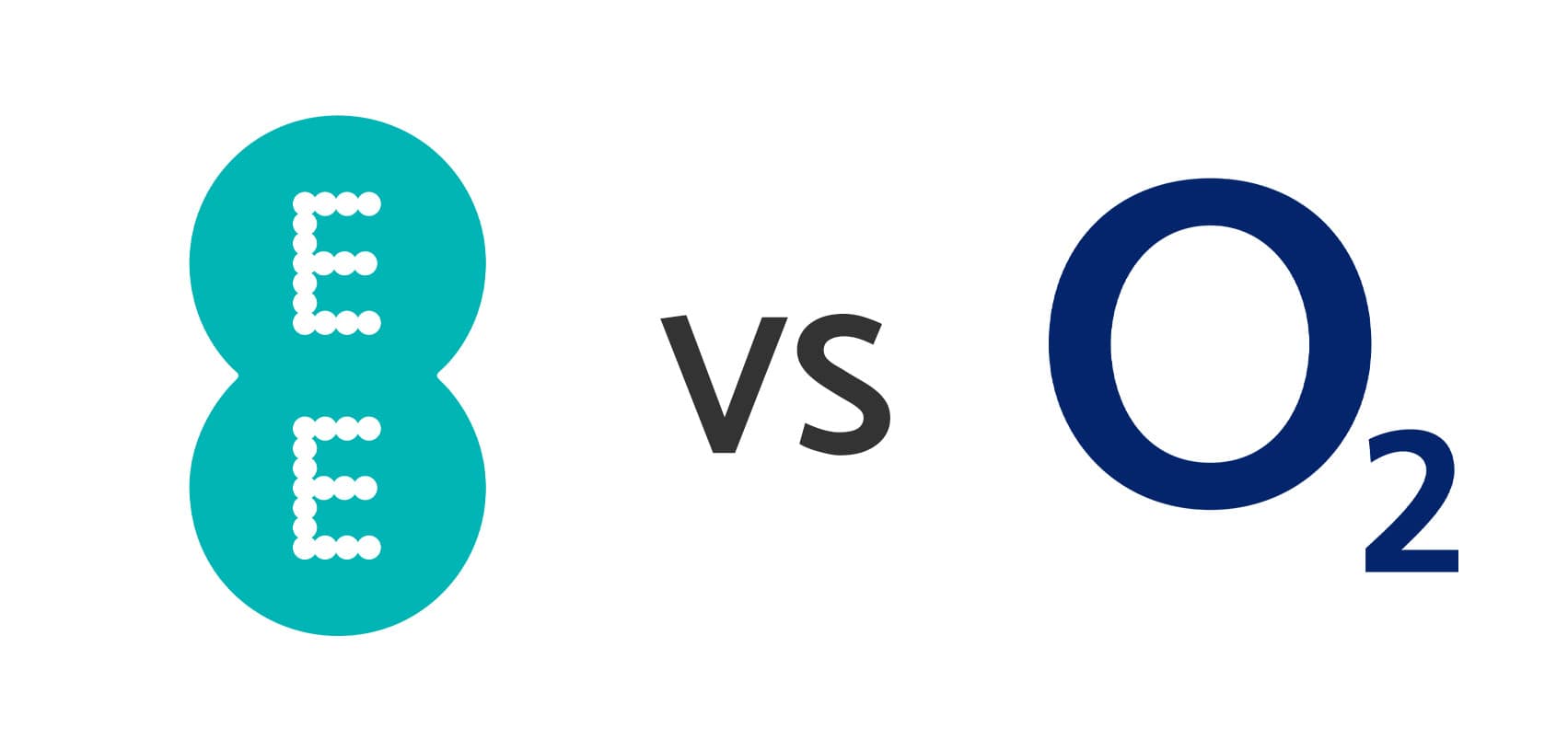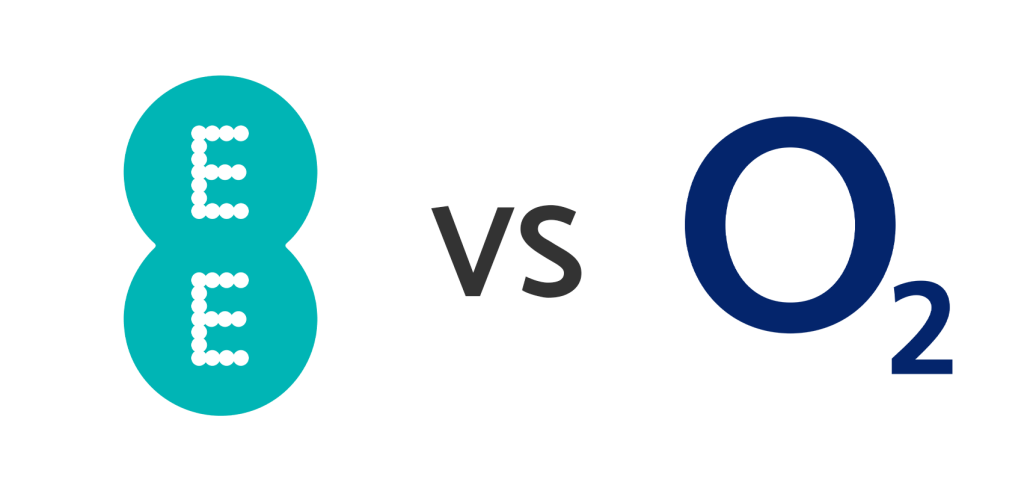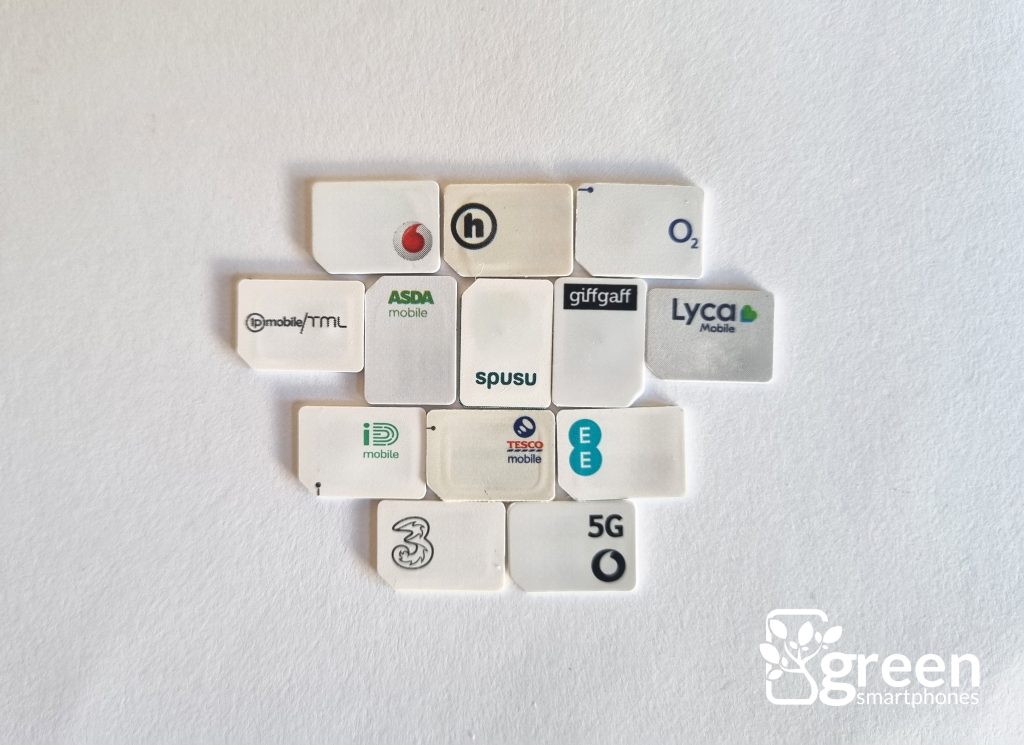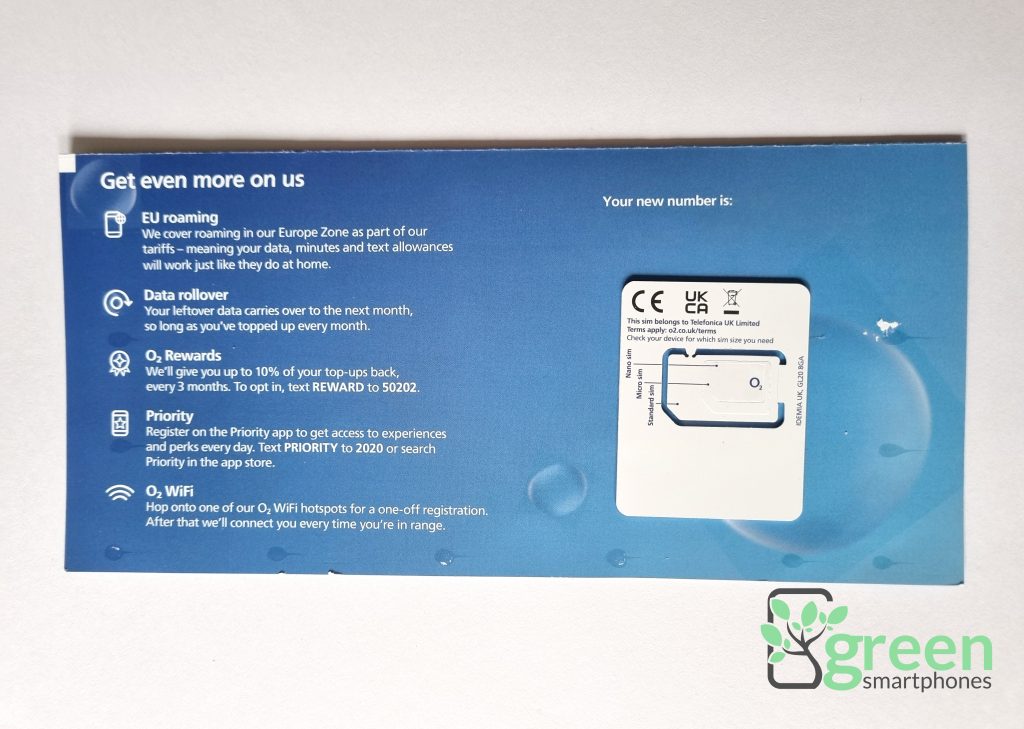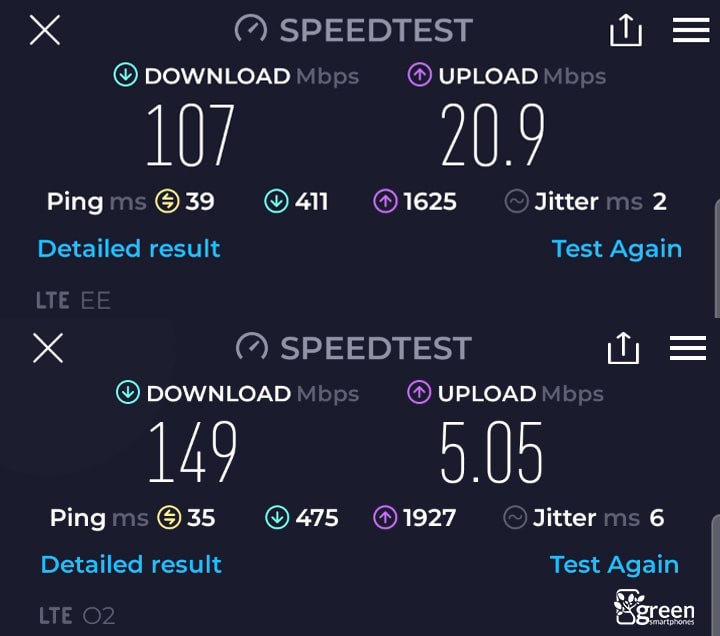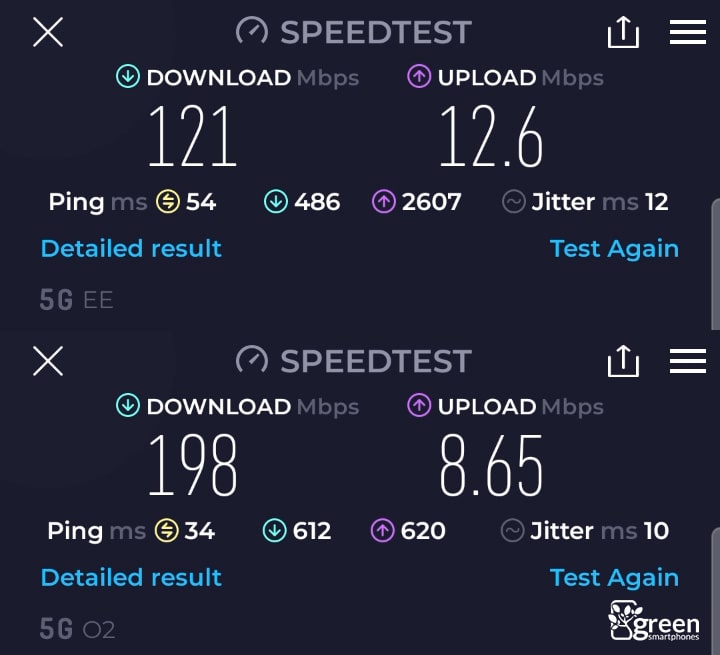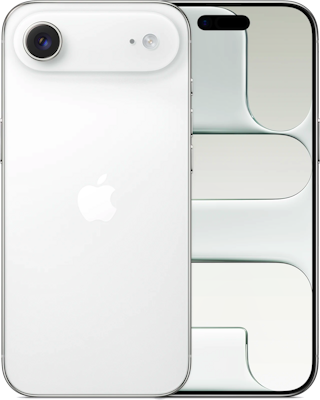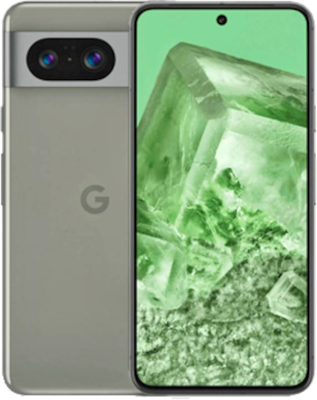Not sure whether to join EE or O2?
In this article, we’ve compared these two mobile networks, based on our experiences using each of these providers.
We’ve assessed EE and O2 based on their coverage and speeds, customer service, value for money, and more, to help you decide between them.
Before we begin, if you’re searching for a new mobile plan, on any network, use our comparison site to find the cheapest pay monthly phone plans or SIM-only deals on the market right now.
Contents
- Overview
- Coverage and speeds
- Roaming allowances
- Value for money
- Customer service
- Verdict: should you join EE or O2?
Overview
O2 and EE are two of the big four mobile networks in the UK, alongside Three and Vodafone.
They each have their own network infrastructure, meaning they don’t resell access through another provider, like some smaller mobile networks do.
O2 and EE both have a good range of pay monthly phone and SIM-only deals to choose from, as well as other hardware, such as laptops, tablets, and smartwatches, sold with SIM cards included.
Both providers normally offer extra benefits on their pay monthly plans. For example, as a new O2 Mobile customer, you can get a free speed increase on your Virgin Media Broadband plan, as well as free access to certain entertainment apps, such as Apple TV+.
EE offers similar entertainment perks, and has more of a focus on their more expensive premium tariffs, rather than catering to customers on a budget.
For example, compared to O2, their pay as you go plans are a bit of an afterthought. They only include 500 minutes/month, and are limited to 25 Mbps.
By comparison, O2’s rolling monthly plans offer better value, with unlimited calls and texts to UK numbers, and they also give you access to O2 Rewards, giving you credit back on your top-ups every three months.
EE has a strong family focus. You can get discounts when you add multiple SIMs to your account, and it’s also possible to share data among family members on some plans.
If you sign up for EE Broadband as well, you can get the ability to buy unlimited data SIMs on a rolling contract for a much lower monthly cost, which can be convenient if you want to save money as a family.
O2 also offers a 20% family discount for every new number you add, under their Multisave programme.
Coverage and speeds
EE tends to offer better coverage and speeds than O2, but there is a catch.
On 4G, EE and O2 both perform very well.
EE has the best 4G coverage in the UK at the moment, with O2 close behind. These networks are both a great choice if you often struggle with signal, especially in remote areas.
In testing, we also saw very strong speeds on both networks on 4G, as well as stable calling performance.
But when it comes to 5G, on average, O2 is the slowest in the UK, while EE is normally about second-best, in terms of average speeds.
EE also has the upper hand when it comes to 5G coverage. They perform a lot better than O2 when it comes to 5G availability at the moment.
In our area, O2 has particularly strong signal, meaning they beat EE once again when we test on 5G.
You may see different results to these tests, depending on where you live. In most areas, EE has faster average 5G speeds, and much better coverage as well.
We did notice that we could get EE 5G in some places we couldn’t on O2, in our area of the West Midlands.
However, EE often puts speed caps on their plans, which isn’t the case with O2.
On the EE website, you’ll often find that SIM plans are limited to a 100 Mbps download speed, unless you’re willing to pay more for a more expensive SIM.
The above speed tests were taken with an unrestricted SIM, but there can be a lot more expensive to buy.
So, while EE has the best infrastructure, O2 might offer faster speeds, depending on the type of EE SIM you’re using.
Roaming allowances
We think O2 has the upper hand over EE when it comes to roaming, but only slightly.
On nearly all of their tariffs, including pay as you go SIMs, O2 allows you to use up to 25GB of your allowance each month in their European roaming destinations, free of charge.
This is quite a generous allowance. With Three, their limit is just 12GB, and you normally have to pay a daily roaming fee.
And outside of the EU, it’s fairly easy to buy a roaming add-on, to unlock your data allowance in countries such as the USA.
With EE, their EU roaming allowance is actually double what O2 offers, at 50GB.
However, roaming isn’t included as standard on all of their plans – again, they restrict it to their premium pay monthly tariffs.
And if you don’t have inclusive roaming, you’ll have to pay £2.59 to use your allowance in the EU with EE, or buy a roaming pass, which can get quite expensive.
The only situation where EE roaming beats O2 is if you don’t mind buying one of their most expensive Full Works plans. In this case, roaming is included, even beyond Europe, and the 50GB fair usage limit is quite generous.
Value for money
Neither EE nor O2 are the cheapest of the big four mobile networks, but in general, O2 tends to offer better value for money.
They include more extras on their plans, without requiring you to buy a very expensive pay monthly SIM.
For example, you get unlimited calls and texts on O2’s rolling monthly SIM-only deals. And they don’t have speed caps on any of their plans.
On handset contracts, once again O2 tends to offer better value for money, when you compare plans on the same phones with similar data limits. This is especially true given that they include free EU roaming on all of their deals, unlike EE.
However, on the whole, both EE and O2 are quite expensive.
Three is generally a much cheaper choice if you want to join a big four provider. And if you don’t mind using a piggyback network, giffgaff or Smarty tend to offer cheaper pay as you go SIMs.
Customer service
When you join EE, one of the things you get in return for the higher cost is good customer service.
Their customer support team is UK-based, and according to Ofcom data, they receive the fewest complaints of any big four mobile network, tied equal-lowest with Vodafone.
We found that EE was quick to answer the phone, and their team is compassionate and helpful at resolving most sorts of issues you throw at them.
On the other hand, while O2’s customer support team is mostly UK-based, they receive the most complaints of any big four network, according to Ofcom.
It’s only a small margin (4 per 100k customers compared to 3 per 100k with Three), but this number is double EE’s customer complaint volume at the moment.
And from our experience, we also found EE customer support was more helpful than O2’s.
It’s easier to get connected and begin speaking with someone with EE, and we found their customer support team to be more knowledgeable than O2’s.
The EE Mobile app is also more intuitive to use than O2’s one.
It makes it easier to access the information you need, or change settings you want to change.
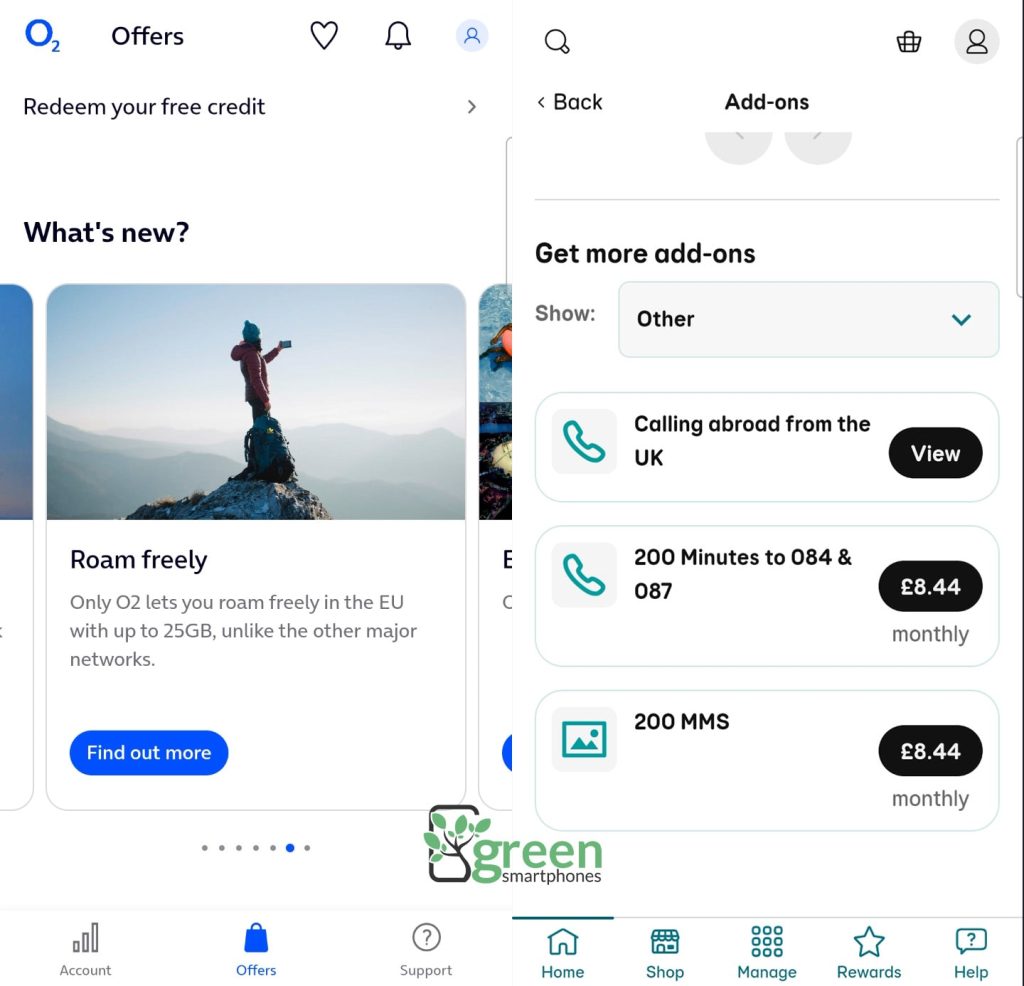
A third of the O2 app is dedicated to extras. Meanwhile, the EE app makes it much easier to do things like buy add-ons, or monitor your data usage.
Verdict: should you join EE or O2?
The only case where there is a clear-cut winner between EE and O2 is value for money.
If you’re on a budget, O2 is generally the better choice, unless you don’t mind getting a basic EE SIM plan with a data limit.
Apart from that though, deciding between these two mobile networks depends a bit on what you’re looking for.
- EE has better customer service.
- O2 has better roaming, unless you’re on one of EE’s Full Works plans.
- EE has better coverage and speeds, unless you’re on one of their plans with a speed limit.
- O2 is a better choice if you want a pay as you go SIM.
Overall, we would lean towards EE if you don’t mind paying more, but O2 is still a good choice if you’re on a budget.
If you’re not sure which of these mobile networks to pick, leave us a comment below, and we’ll help out.
About the author

Tom is the founder of Green Smartphones. You’ll find him writing about phones on the Green Smartphones blog, or talking about SIM deals and mobile networks on our YouTube channel. He’s the Android expert on the team – currently using a Google Pixel 9, recently upgrading from a very long-suffering Note 20 Ultra. When he’s not working on Green Smartphones, you’ll find him playing football or hiking.


